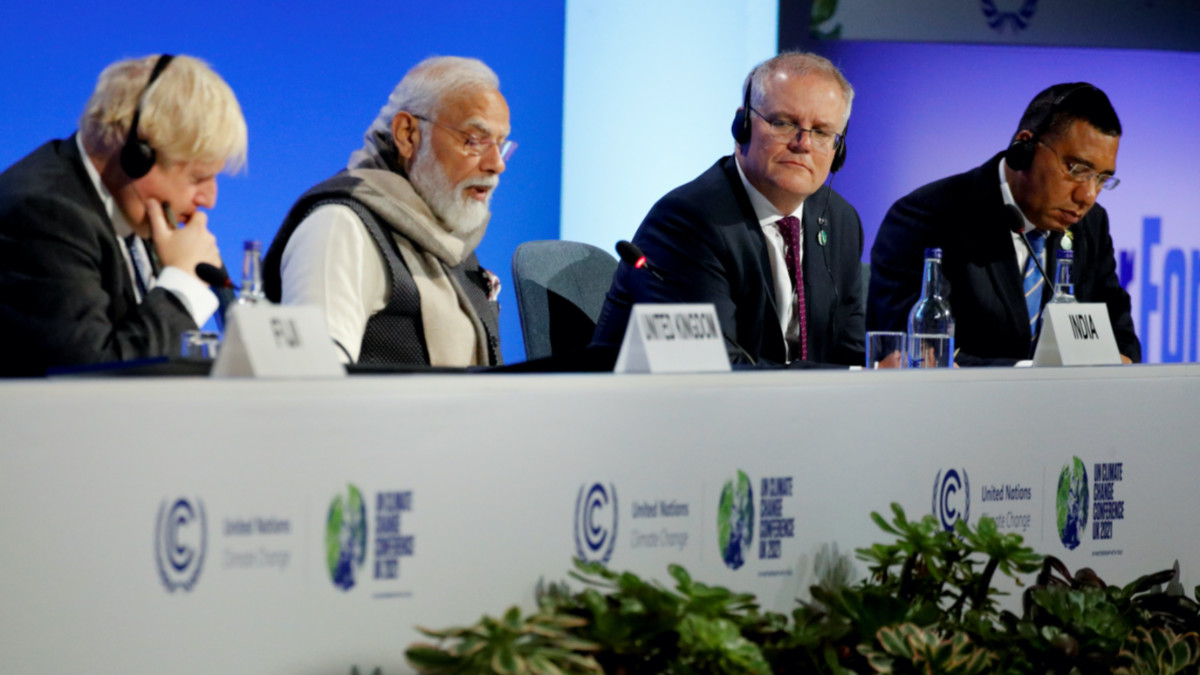What’s holding back ASX companies from investing in India and which sectors stand to benefit the most?

Whats holding back more ASX companies from investing in India - a nation that offers growth like China but without market-shaking diplomatic tensions? (Image via Getty)
As China becomes more isolated and its growth slows, India offers much promise for ASX companies – but why haven’t they been taking it up?
Unless you’ve been in iron ore, the past couple of years has been a difficult time for an ASX company to have anything to do with China.
For the past decade or two, ASX companies have tried to capitalise on China’s rapid economic and population growth – an opportunity unparalleled at home or in developed markets abroad.
While ASX companies’ firms managed to profit in years gone by, the past couple of years has been a struggle thanks to diplomatic tensions, slowing growth and supply chain issues. Some industries – most prominently barley – have even been hit with blanket import bans.
A handful of companies have tried to hedge their bets by entering neighbouring markets – with baby foods producer Bubs (ASX:BUB) being one prominent example, entering Vietnam and Singapore among other markets.
But these have failed to excite investors lacking the same population and growing middle class as China does.
However, could the opportunity lie in India? India, like China has a population of over a billion but it’s a younger one, with an average age of 27. And high growth – the World Bank anticipates 11.5% growth in 2021, which would be the highest in the world.
ASX companies doing business in India
ASX companies with anything to do with India are few and far between but there have been a handful of interesting cases in recent years.
Tech stock DWS (ASX:DWS) was acquired for $225m by Indian tech giant HCL Technologies last year.
FirstWave Cloud Technology (ASX:FCT) has a deal with Vodafone in India to offer its cyber security services.
And back in September this year, Zip Co (ASX:Z1P) invested US$50 million in local BNPL operator ZestMoney in an attempt to capture the anticipated growth of the industry.
At the time, Zip told shareholders India was expected to have US$300 billion in BNPL payment volume driven by its young and still growing population.
India a ‘potential opportunity’ but not without risks
Will we see more Australian companies enter India as the situation with China continues to deteriorate? And what’s stopping more companies from having capitalised already?
Stockhead spoke with Fredy Hoh from Ellerston Capital and Stephen Hopley from Jaipur Asset Management. The pair are two of the handful of Australian fund managers offering exposure to this market.
Both of them told Stockhead that India was an opportunity that had some parallel trends to China.
But it wouldn’t be ‘no strings attached’ for companies thinking it would just be like China, except a democracy.
“India’s growth story is an outstanding opportunity for Australian companies if they can educate investors to the story, find the right investment opportunities and make a long term commitment,” Hoh said.
“But India is a different country to others around Asia, in particular China. There is a lot of red tape in India and just the make-up of the companies – a lot of them are promoter led and they maintain significant control, which makes it hard for outsiders to just buy a company outright.
“In terms of India exporting stuff, we’ve seen that the are key suppliers of IT services and healthcare products to the rest of the world.
“But by and large most of the companies are focused on the domestic growth story; quite understandable given the abundance of opportunities to capture that growth.”
Tempering expectations?
Hopley likewise said India’s self-sufficiency (something that hadn’t been the case with China in many respects) has been a reason there hasn’t been more activity between companies in Australia and India.
He also says companies thinking of entering or investing into the market – as well as market observers generally – may have to alter their expectations of the market.
“The interesting thing when you compare India to other so-called emerging markets, you’d be more inclined from a history viewpoint to put Australia into emerging markets rather than India because of their economic situation. They’re not dependant on selling goods,” he said.
“They don’t export much in agriculture at all but they are a big player in IT and becoming much bigger very quickly and they also are a major player in pharmaceuticals.
“I don’t know if you’re aware but they were manufacturing the majority of the Astra Zeneca vaccine for the world until the pandemic second wave hit and they cut it off.
“So it’s not where you think it’s going to be.”
Hopley admits India has been held back by inadequate infrastructure but the Modi government has been changing things and the situation is not as dire as people might think.
“Some of the things in Australia and reported negatively in media turned out to be benefits – demonetisation turned them into a digital economy,” he said.
“There are over a billion private phones in India and that’s out of a population under 1.4 billion. Every adult has a bank account – it’s regulated by government – and means they can pay social security, no fees can be charged and all payments are done by phones.
“You don’t think of markets in poverty as using modern technology. You have to start with a clear set of expectations; don’t expect anything because when you get there you might find it’s wrong.”
Political stability?
China has been notorious for sending shockwaves through global markets by government decrees such as in July when Beijing ordered ed tech companies to go not for profit.
India, as a democracy, would theoretically be more stable for now at least from a political standpoint. But it does carry some risks – Hopley named local provincial elections, border disputes with China and oil prices as risks right now.
But Hoh notes there won’t be a national election until 2024 so there’s some stability at a federal level with proven hands in charge.
“Modi, in his second term now, has shown over many years that he is a reformer. He’s put in place a lot of structural reforms I believe are for the long term benefit of India and he is pro-growth,” Hoh says.
“From a political standpoint the environment is quite suited for growth.”
Potential opportunities for ASX companies in India?
So just which sectors in India might be ideal for ASX companies to enter? The India focused fund managers reckon it is in tech.
Indeed one early sign is that the majority of ASX companies that have had anything to do with India have all been in tech.
And both interviewees noted India’s tech sector has become vehemently large and its effects go beyond the pureplay tech companies.
“They’ve had more unicorns that anybody else in recent years – the IT sector is their largest export industry these days,” Hopley said.
“If I remember correctly the government is targeting over 100 unicorns for the next 12 months.”
While Hopley credited increasing tertiary level education among the population, Hoh also noted the urgency for companies to move operations online.
“From cyclical perspective out of COVID, what it showed is there’s an urgency for companies to move more operations online – the digital transformation [was] a thematic companies had started to embark on but COVID accelerated it.”
No iron ore – sorry
But one ASX sector set to miss out on India – at least to the same extent as China – is the resources sector.
“Australia was trying to leverage China’s growth through iron ore and coal,” Hoh said.
“And one thing to know with India is most of their iron ore requirements are fulfilled internally and there’s not much of a resources manual for Australia to export to India – so Australia has to find other ways to capture that growth and that’s a challenge.”
UNLOCK INSIGHTS
Discover the untold stories of emerging ASX stocks.
Daily news and expert analysis, it's free to subscribe.
By proceeding, you confirm you understand that we handle personal information in accordance with our Privacy Policy.








